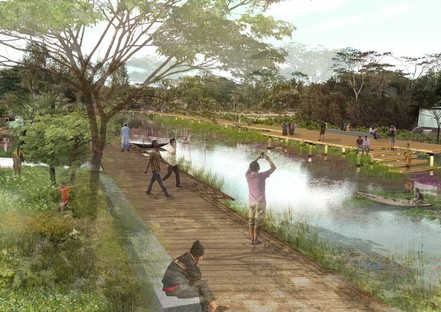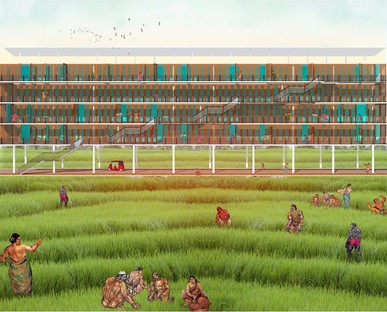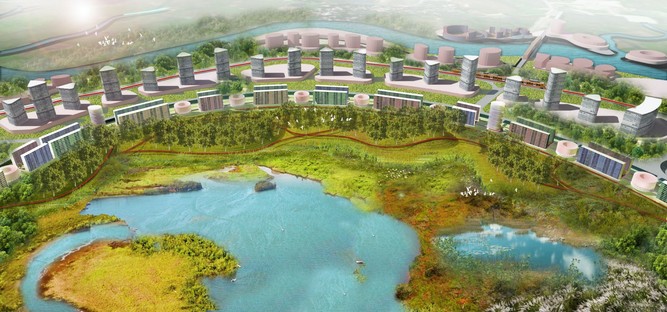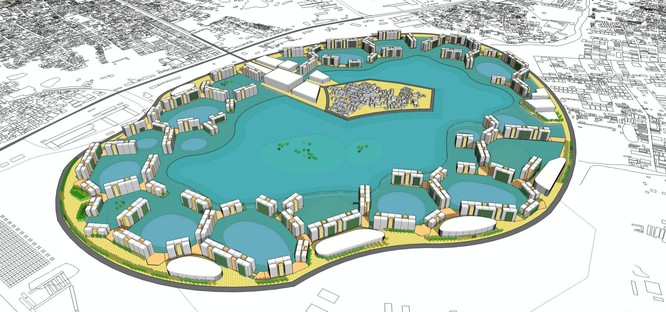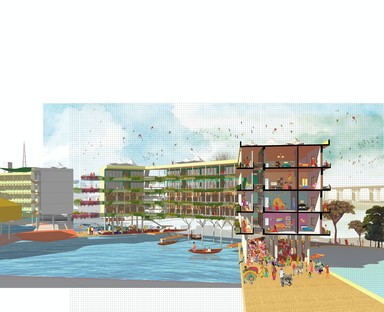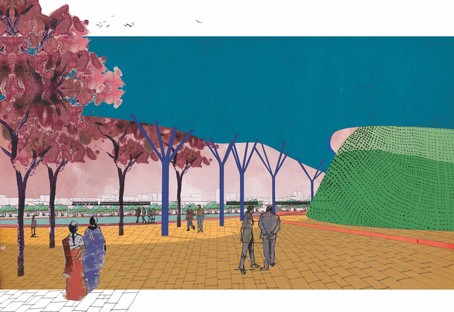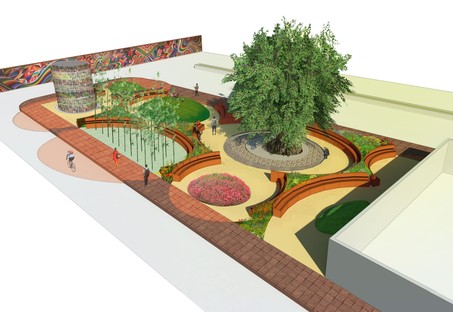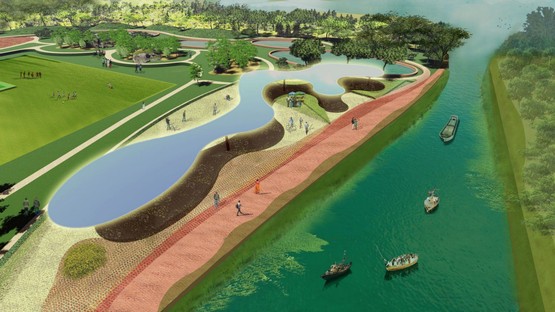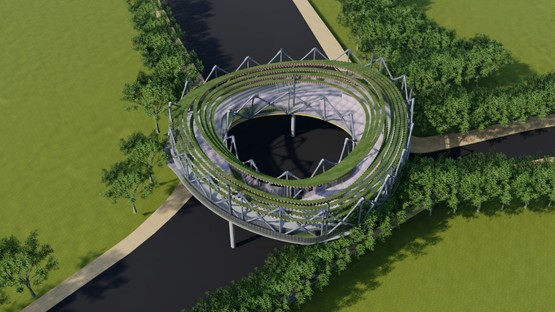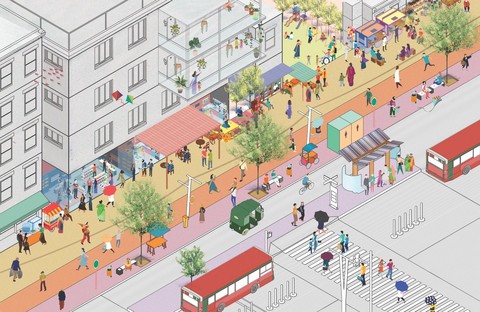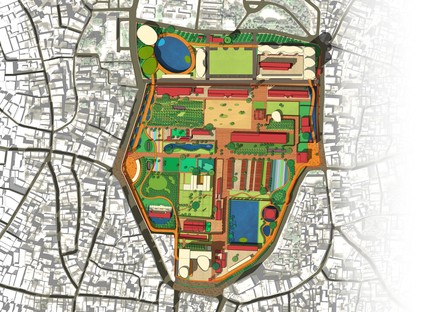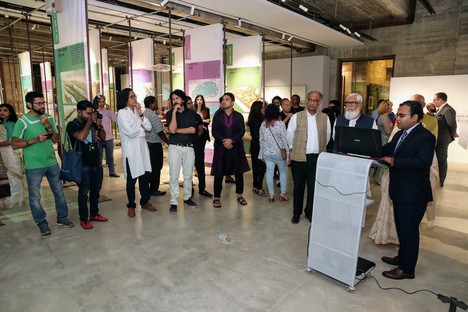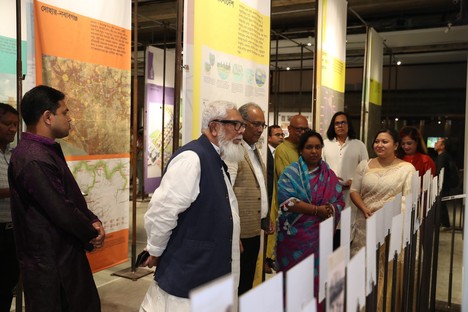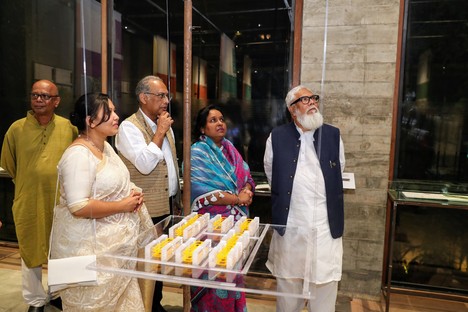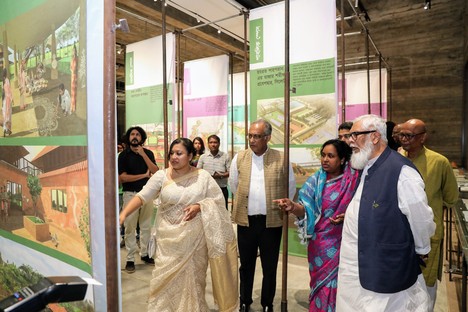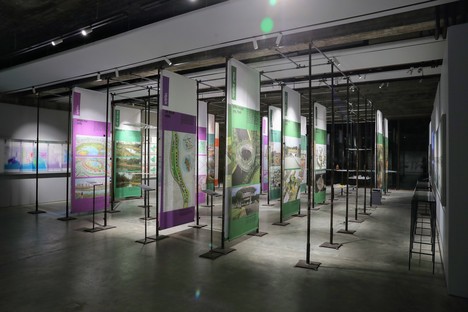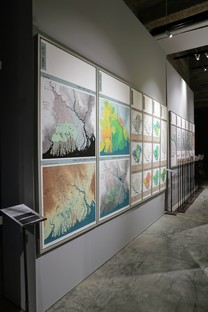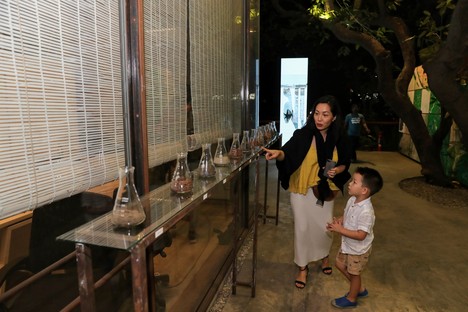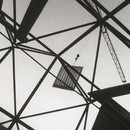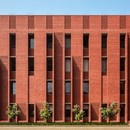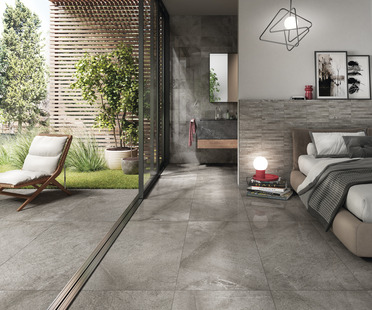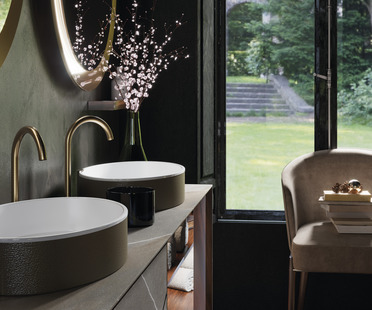26-11-2019
Nogornama - The Future of Our Habitats exhibition at the Bengal Institute

On November 2, a ceremony attended by prominent local and national authorities inaugurated the exhibition “Nogornama The Future of Our Habitats” at the Bengal Institute. The institute was founded in Dhaka in 2015 and, as suggested by its full name, Bengal Institute for Landscapes, Architecture and Settlements, it conducts research and studies focusing on the evolution of urban settlements and the future of living environments. The studies focus in particular on the territory of Bengal and the promotion of Bangladeshi architecture. In 2018 the Institute supported the exhibition “Bengal Stream. The Vibrant Architecture Scene of Bangladesh” in the Swiss Architecture Museum S AM in Basel, telling the story of Bengali architecture in pictures by well-known architecture photographer Iwan Baan.
The results of the Institute’s most recent studies, conducted with the valuable contribution of Bangladeshi and international academics and architects, have given rise to a series of proposals for various cities and regions in Bangladesh, on exhibit until November 30 in the exhibition “Nogornama The Future of Our Habitats”.
The exhibition illustrates the Institute’s four main areas of activity: promoting complete knowledge of the past and future of the environment in Bangladesh, conducting in-depth research and integrated analysis, developing new visions for the future of human habitats, and presenting the results and proposals arising from its work to the public.
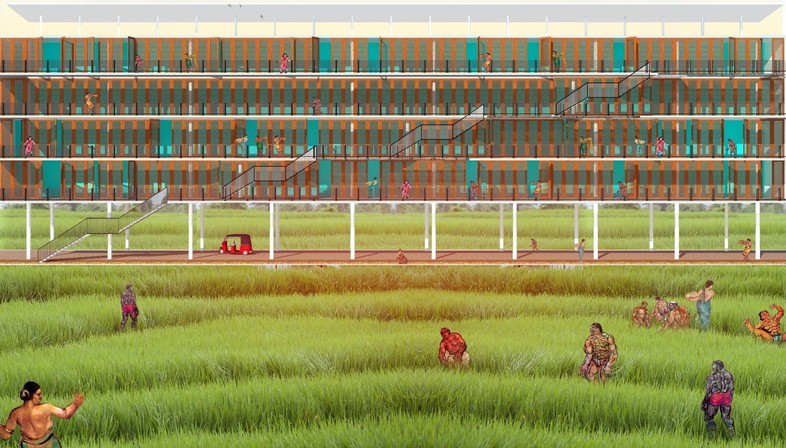
The starting point of the exhibition is global awareness that the most important challenges facing the human race in the future will be environmental and that the development and numerical growth of our cities is the most critical aspect of this.
These considerations give rise to a number of important questions, to which the exhibition offers answers applicable to the specific case of Bangladesh. The questions regard the nature of the cities of the future, their impact on the landscape, and the transformation of villages and possible creation of a new type of settlement combining city with village. All this is examined in relation to the environmental context of Bangladesh, bearing in mind its particular hydrographic nature and ability to address the challenges it will face as a result of change. What makes the landscape of Bangladesh unusual is its special relationship with water and flows of water, a very important component of many projects, such as those of architect Rafiq Azam of SHATOTTO Architecture for Green Living discussed on Floornature.com. It is therefore inevitable to think that plans for future human settlements and habitats must necessarily include rivers, canals, wetlands and rice paddies, and yet Bangladesh is having to deal with the consequences of projects in which rivers and canals are channelled to make way for industrial development, or waterways are indiscriminately polluted. In view of this dynamic hydrogeographic situation, the exhibition raises another interesting question: whether the country could offer an example of newer, more human cities as it adapts to changes in our environment, climate, technologies and migration patterns.
(Agnese Bifulco)
Title: Nogornama - The Future of Our Habitats
The Works of Bengal Institute
Timing: 2–30 November, 2019,
12:00–20:00 Monday-Thursday. - 10:00–20:00 Friday-Saturday. - Sundays are off.
Venue: Bengal Shilpalay, 1st Floor, Kamrul Hasan Gallery, House 42, Road 27, Sheikh Kamal Sarani, Dhanmondi, Dhaka 1209










